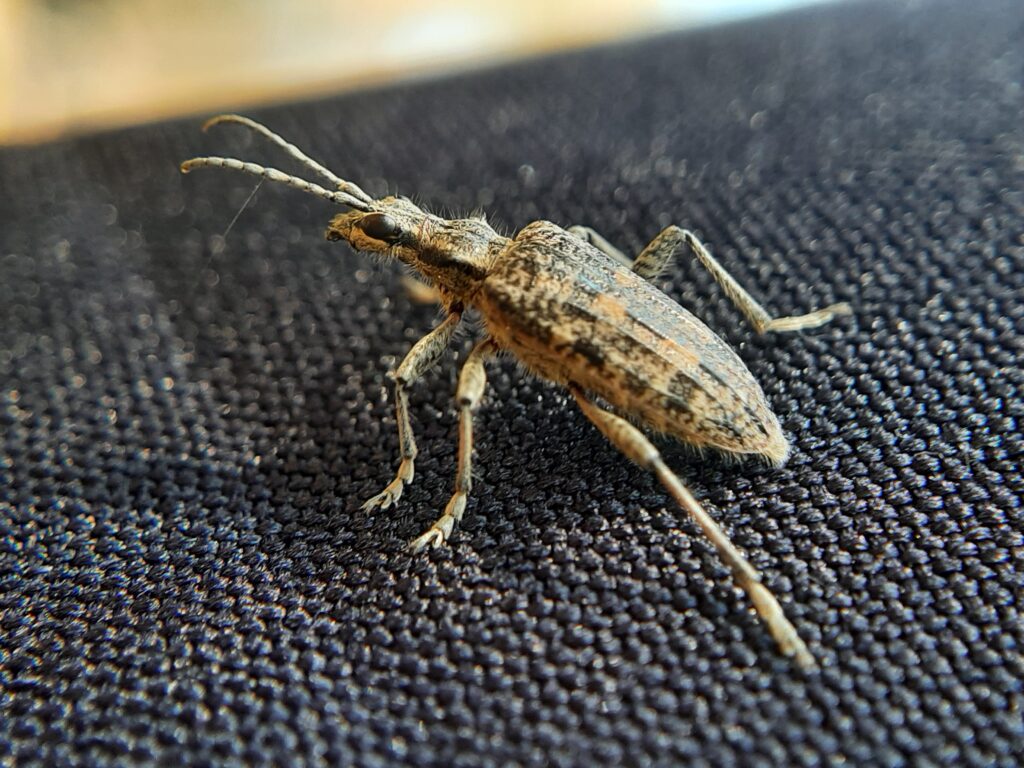Background
Aims
Climate change affects forest dynamics in Scandinavia in two different ways. Firstly, the shade-loving tree species Norway spruce (Picea abies) becomes weaker and vulnerable to pest attacks due to rising temperatures, droughts and windstorms. Secondly, the warmer temperatures create a better environment for the European spruce bark beetle (Ips typographus). The beetle usually attacks only dead spruces, but during larger outbreakes it also attacks old living trees. When spruces die on mass scale, it potentially creates problems not only in production forests, but also in nature reserves.
One of the common methods of fighting spruce bark beetle infestations is debarking of infested trees. It is also one of the methods used by the County Administration Board of Östergötland (sv. Länsstyrelsen Östergötland). Since 2019, debarking was conducted every year almost 50 times in Östergötland’s reserves – in 2022 only, there were 19 nature reserves in the county managed this way. Currently, there are no studies that investigate how this method affects biodiversity of wood-living beetles. This created an excellent opportunity to examine the situation of saproxylic beetle communities and how debarking of spruces impacts them. Is there any difference between debarked and non-debarked spruces colonised by Ips typographus?
The aim of this study was to test if and how debarking of spruces colonised by the European spruce bark beetle changes beetle communities. Debarking dries out the wood and reduces density of wood-inhabiting fungi. This makes the wood of debarked trees harder than those that kept their bark. Because of that, some beetle species that usually inhabit spruces can probably not find their needed habitats, especially when it comes to food sources. My first hypothesis was that debarked trees harbour fewer beetle species than those that were not debarked. My second hypothesis was that the the time that had passed since debarking may have affect the beetle communities, and the densities of caught beetles would differ between the different years of management.
